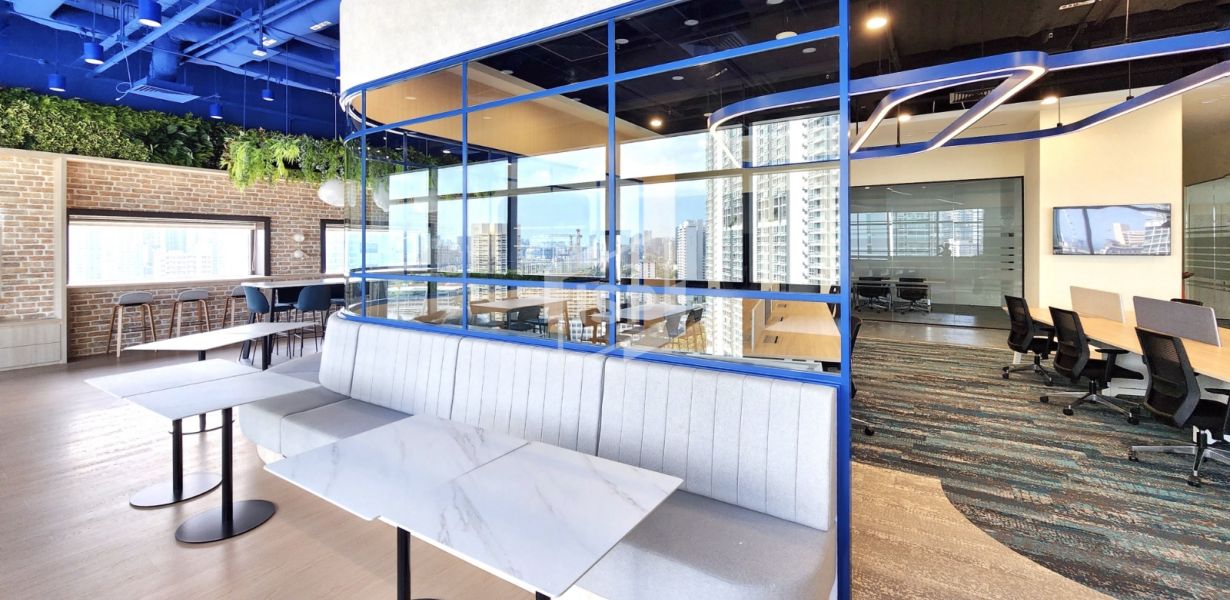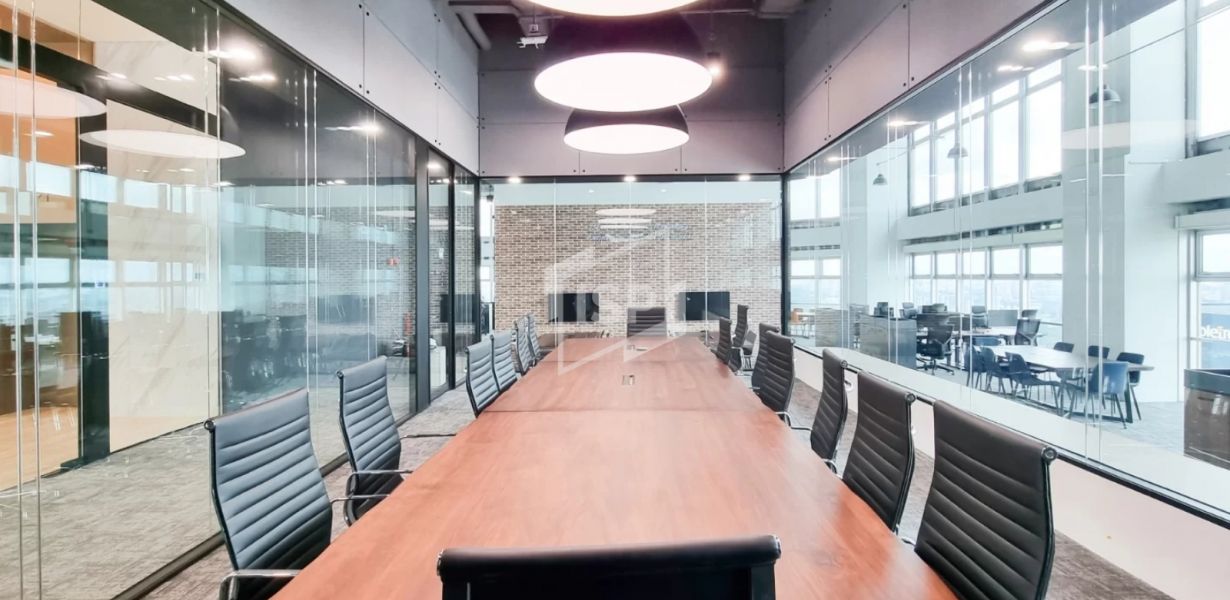Understanding STC in Relation to Glazed Partitioning Systems
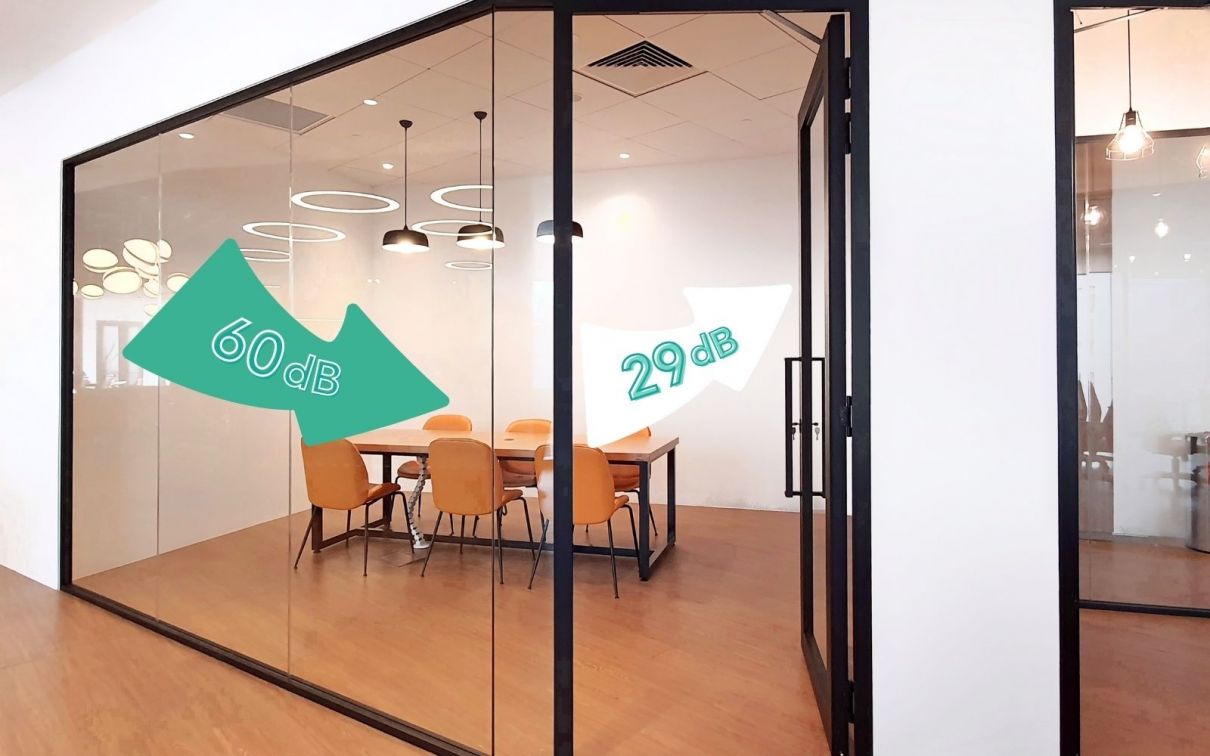
In today’s office environments, the demand for adaptable and functional spaces has grown. Traditional walls are being replaced with innovative solutions that encourage collaboration while maintaining privacy. One such solution is the acoustic glass partition, which provides a balance between transparency and sound control, both important for a productive work environment.
When integrating acoustic glass partition systems into offices or commercial spaces in Singapore, one important factor to consider is the Sound Transmission Class (STC) rating. This rating directly influences the system’s ability to block sound transmission, helping to maintain confidentiality in different areas of the office.
What is Sound Transmission Class (STC)?
Sound Transmission Class (STC) is a numerical rating used to measure the sound reduction capability of a partition. Specifically, it measures how well a material reduces airborne sound—noise passing from one room to another. The higher the STC rating, the more effective the partition is at reducing sound, measured in decibels (dB).
For example:
- A Single Glazed Panel with an STC rating of 30 provides moderate sound reduction, which is suitable for areas where casual conversations happen.
- A Double Glazed Panel with an STC rating of 40 or higher offers excellent sound control, making it ideal for private meeting rooms or spaces where confidential discussions occur.
For instance, our SOLO Glass Panel has an STC value of 31. In an office with a noise level of 60dB, installing the SOLO Glass Panel can reduce the sound to 29dB, creating a more comfortable environment for meetings.
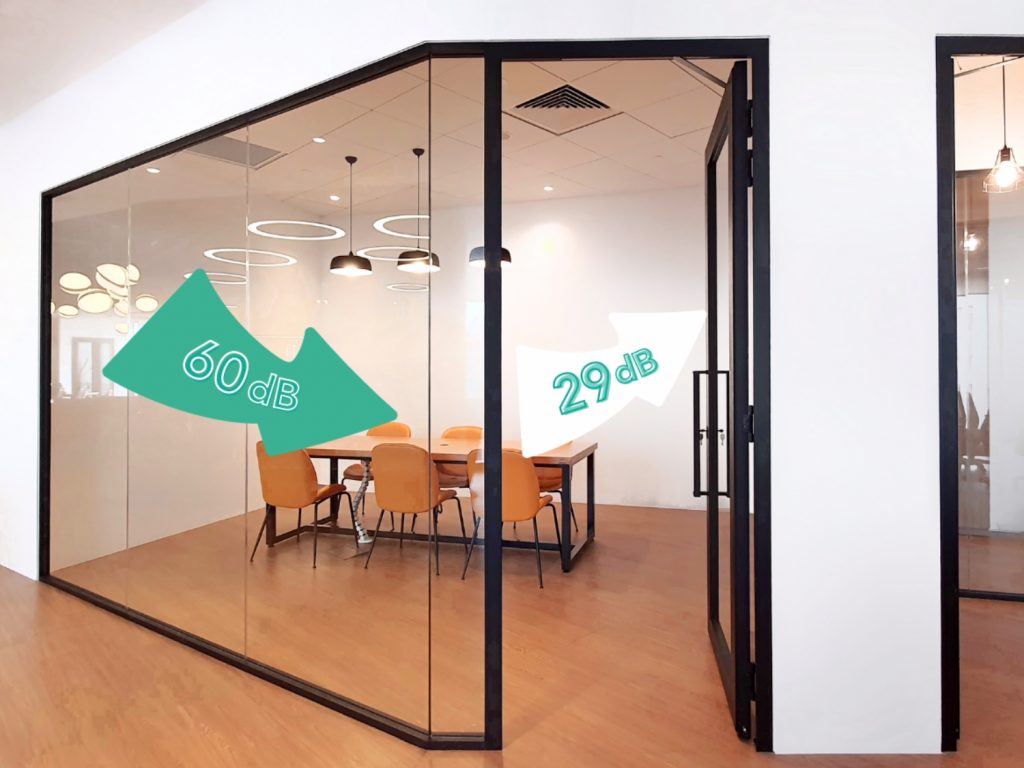
For better sound reduction, we also offer laminated glass with an STC of 38, which further lowers the sound level to 22dB, making it perfect for focused work or private meetings. Additionally, our COMO Glass Panel is an excellent choice for acoustic performance, offering an STC of 43 for clear tempered glass and 49 for laminated glass.
How is STC Calculated?
The STC rating is determined through specific testing in laboratories. During this process, a sample of the material is exposed to various sound frequencies, and the sound levels are measured on both sides of the material. The difference in sound levels is used to calculate the STC rating. This rating is based on how much sound is blocked across a range of frequencies, usually from 125 Hz to 4,000 Hz.
Our glazed partitioning systems are tested at a certified laboratory to ensure reliable STC ratings.
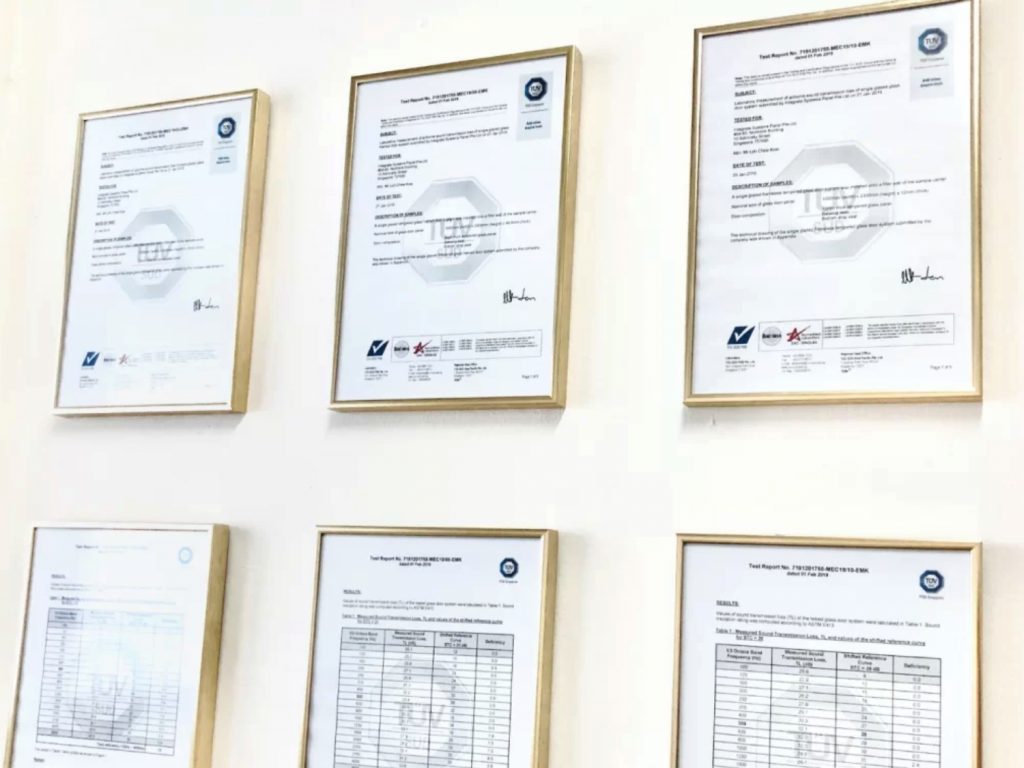
Factors Affecting the STC Level on Site
It’s important to understand that the STC rating measured in a lab may differ from the STC performance in a real-world installation. Several factors can affect the soundproofing effectiveness of an acoustic glass system:
- Flanking Transmission: This happens when sound travels through paths other than the glass partition, such as through walls, ceilings, or floors.
Key factors include:- Ceiling: Sound can pass through ceiling structures if not properly insulated.
- Air Conditioning Systems: HVAC systems can carry sound if not properly insulated.
- Flooring: Flooring type can affect sound transmission. Carpeted floors tend to absorb more sound than hard flooring like vinyl or tile.
- Other Acoustic Materials: Additional soundproofing materials, such as acoustic ceiling tiles or upholstered furniture, can improve overall sound insulation.
It’s important to manage expectations and understand that achieving the exact laboratory-rated STC performance on-site may be challenging due to these factors. However, by adopting thoughtful design, proper insulation, and strategic placement of acoustic treatments, businesses can still significantly enhance the overall acoustic performance of their acoustic glass partitioning systems.
With acoustic glass partition systems, experience a seamless blend of modern aesthetics and powerful sound control. Combine laboratory-rated STC performance with our expertise in acoustic glass to craft an acoustically optimized environment that nurtures productivity and well-being for every occupant.

